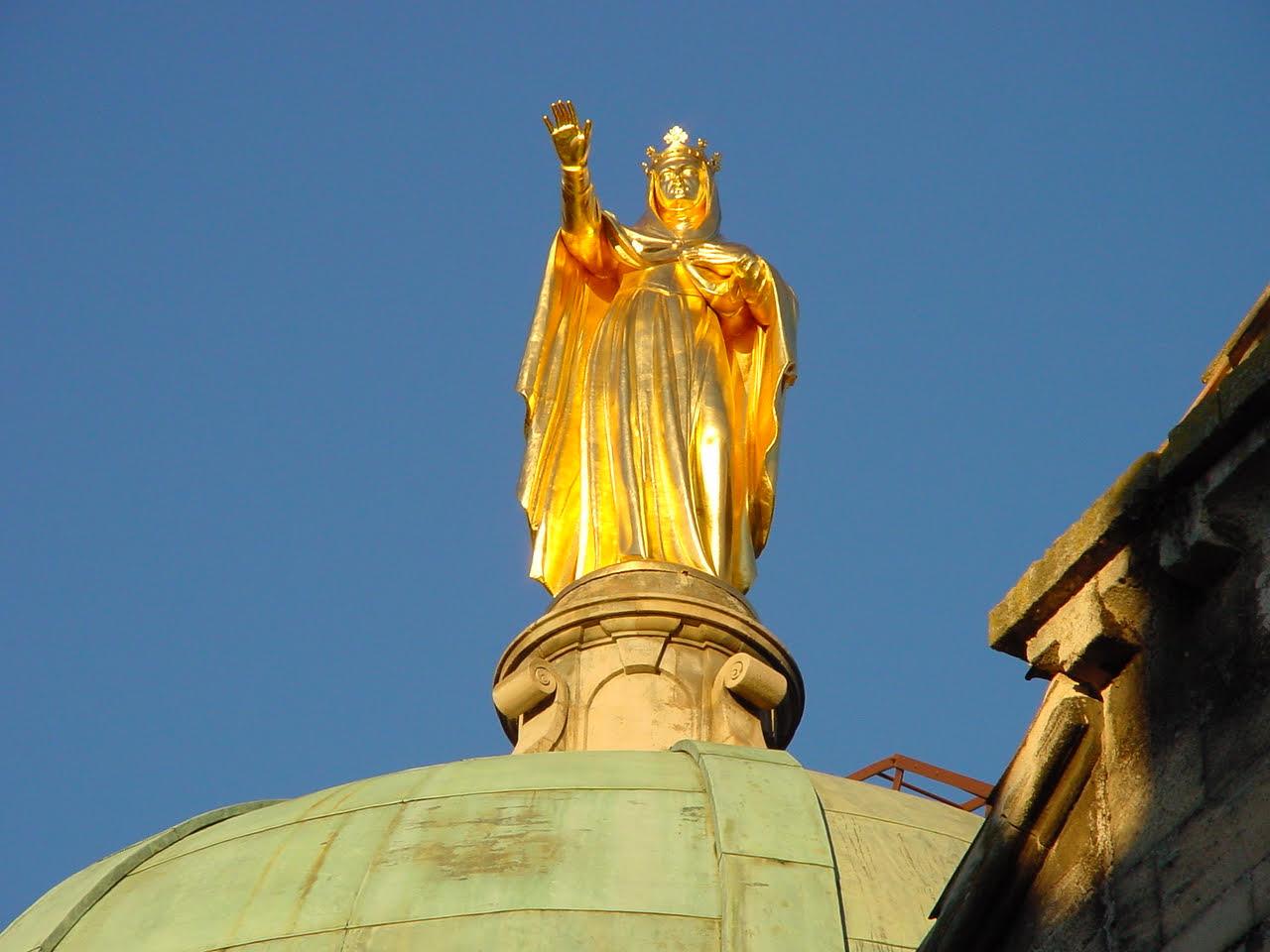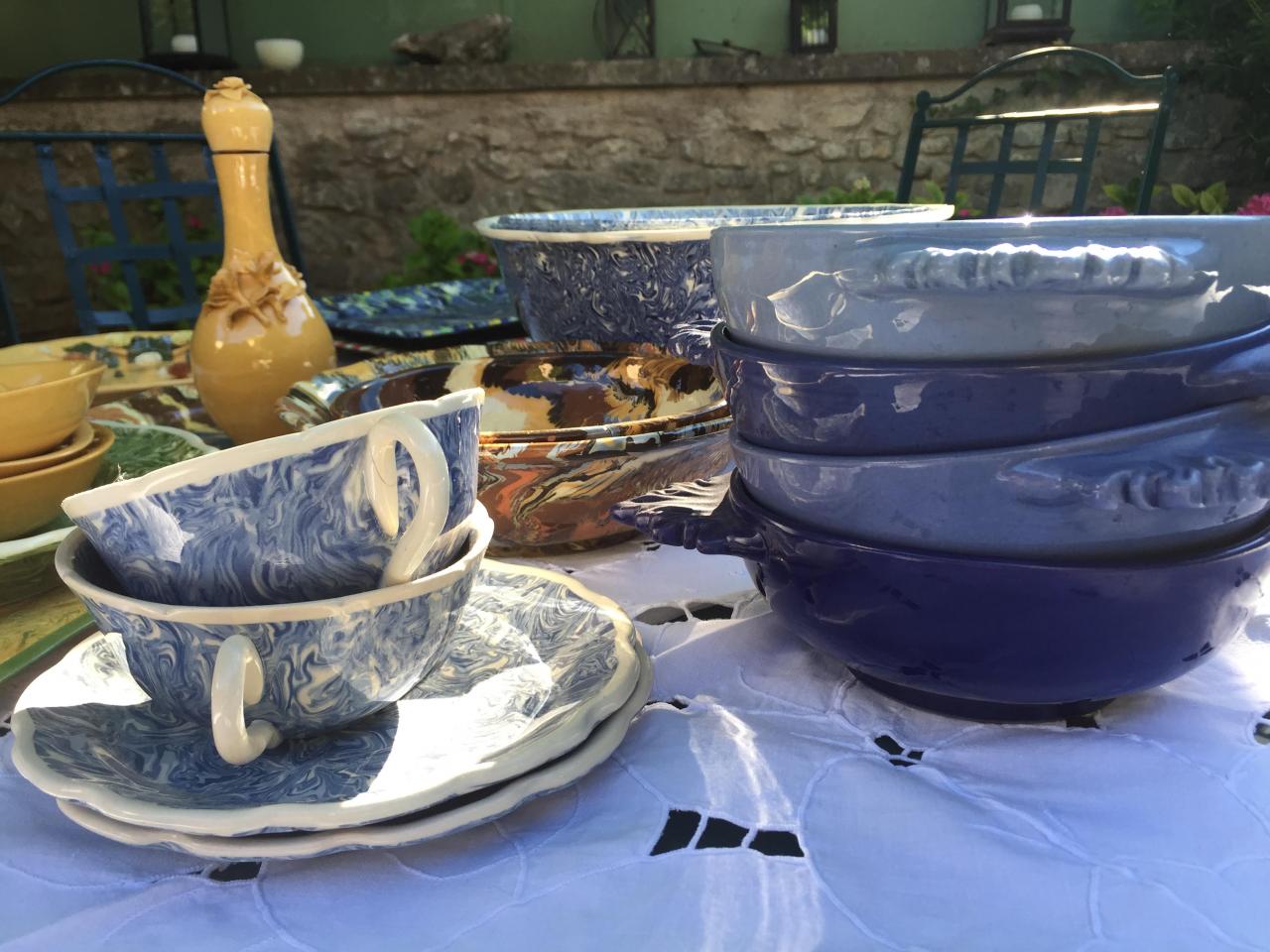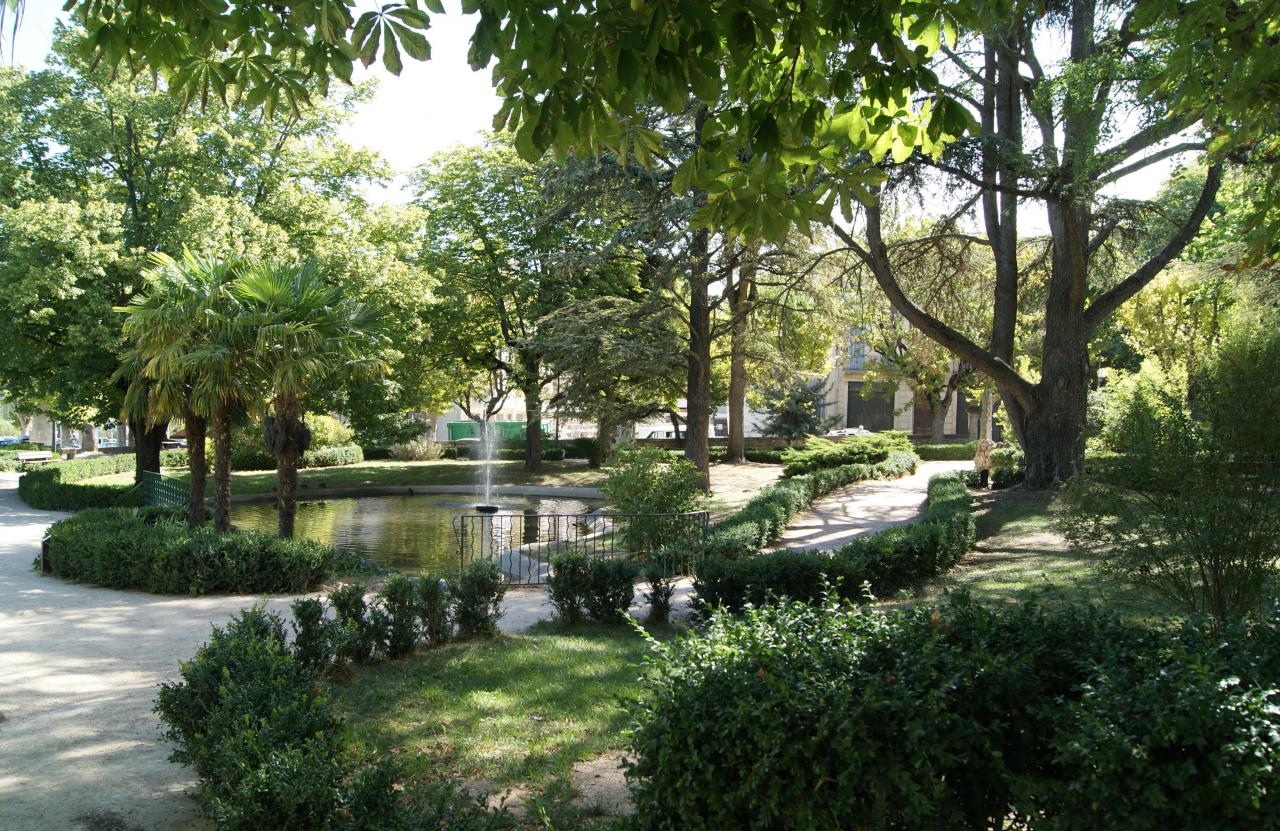Named « Apta Julia » in homage after Julius Caesar, Apt was founded by the Romans on the Via Domitia around 45 BC. The city has a rich heritage: the cathedral-basilica Sainte Anne and three museums that tell the Land of Apt. Capital of candied fruits, Apt also hosts every Saturday since the 12th century, one of the most beautiful markets in Provence.

Next to the Clock Tower, the St. Anne's Basilica-Cathedral is the town’s most remarkable monument. In the Baroque style, the cathedral is made up of two crypts: the lower crypt, a vestige of a Roman building from the first century, and the upper crypt of the eleventh century. The sacristy contains Sainte Anne’s relics and treasure. Place de la Cathédrale, 84400 Apt
This chapel has been classified a historical monument since 31 December 1984. After being used by the municipality of Apt to house the city's archaeological museum, the chapel served as a temple for the Protestant community in the Years 1990. Rue Scudéry, 84400 Apt
Built at the beginning of the 18th century, from the Saint Castor Hospital, named after a bishop of Apt. It was managed by the Sisters of Saint Vincent de Paul. The hospital’s pharmacy dates from 1754, by the purchase of an apothecary of Saint-Saturnin-lès-Apt. The buildings, as well as the chapel, were classed as historical monuments on 16 November 1989. Avenue Philippe-de-Girard, 84400, Apt.
Facing the rock face at Saignon, the Hospital Tower that dates from the 14th century, is one of the rare vestiges of the medieval walls. The "Ho Tower" for the Aptesians, is the best known of the rampart’s two remaining towers. Built in 1376, it was, until the middle of the nineteenth century, adjoined to the hospital gardens, to which it owes its name and its survival: forming an integral part of the garden walls. It was spared from demolitions in the 1830s. Originally crowned with crenellations, it has kept only its machicolations protected by a modern roof. The beginning of the ramparts and a walkway are still visible today. 125, Boulevard National, 84400 Apt.
The Saignon Gate was one of the six entrances to Apt, it gave access to the eastern part of the town.

The Apt Industrial Heritage Museum offers a comprehensive exhibition retracing the history of Apt ‘s economic activity of its specialties that has made it famous. The Faïence earthenware, candied fruit and ocher.
The Industrial museum presents the main aspects of the industrial era as a real adventure, which, through periods of prosperity and of recession, has been shaping the history of the area since the 18th century and the life of its inhabitants.
The industrial activity in and around Apt is characterized by the transformation of the three main natural resources of the region: ocher, used to make colored pigments, clay for earthenware and architectural ceramics, fruit crops used for making candied fruit.
In a 17th century mansion house, discover the Luberon National Parks' numerous permanent exhibitions on the fauna, flora and habitat of the region. The Geology Museum is located in the same building. It offers the visitor a new perspective of the Luberon, its landscapes and history. A large collection of fossils from the Luberon region, ample illustrations, fun manipulations and explanations adapted to the general public.
The Museum of Achaeology retraces the history of Apt and it’s surrounding area from the 1st century to the present day. The museum itself was built on the remains of a Gallo-Roman theatre which was part of the ancient remains of Apta Julia (thermal baths, necropolis, public buildings, forum, temple, agricultural establishments).
Rue de l'Amphithéâtre 84400 Apt - T. +33 (0)4 90 74 95 30 - F. +33 (0)4 90 04 52 48 . By appointment only (schools and groups)
Septier Square is the heart of one of the old noble districts, lined with private mansions, including the Consular Palace, Colin d'Albertas (17th century), a jewel of Provençal Baroque art.
The sub-prefecture used to be the bishop’s palace. To the south, are the sub-prefecture gardens and the Bishopric Tower (13th and 14th centuries).
Created in1903, the Apt public garden is much appreciated on a hot sunny day. For a walk, a nap or a picnic, the garden is a real invitation daydream and relax. At a turn in the path, one finds a fountain and a small cave which give to this garden an unequaled charm. The public garden contains many varieties of trees from all around the world.
One can see students preparing for their classes, retired people strolling the paths, young parents with their children. High school students, students, workers pass their lunch break here. Musicians or actors take advantage of this area to rehearse.
Every summer, locals and visitors gather on its lawns at outdoor concerts of music from around the world.
